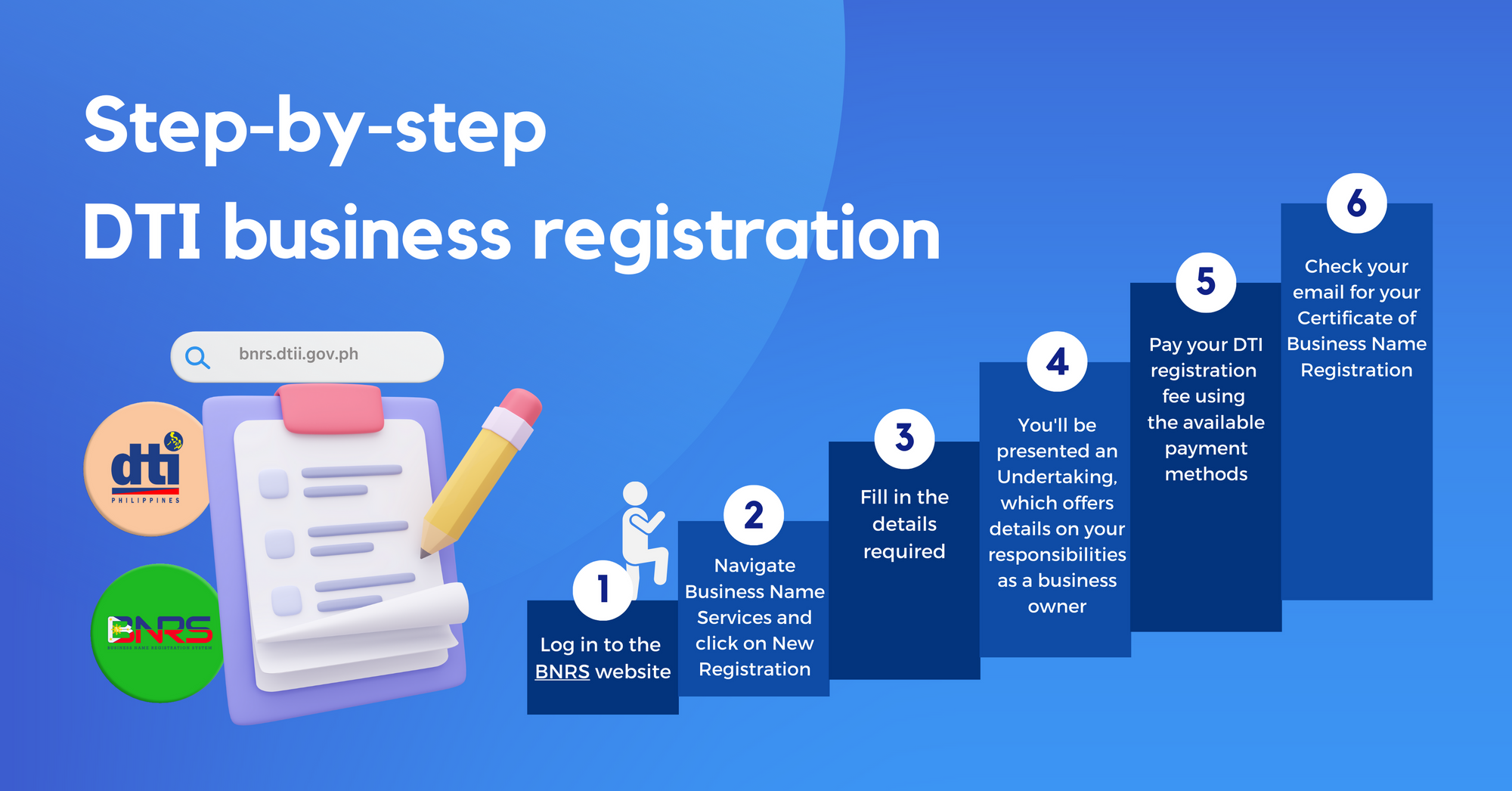Have you ever stopped to think about how we connect with the distant past, with the incredible stories and vibrant ways of life from ancient civilizations? It's a rather fascinating thought, isn't it? We often look back at the grand structures, the complex societies, and the ingenious tools these early people created, and it makes us wonder how they managed everything, especially communication across vast distances and through time. The very idea of an "ancient civilization" conjures up images of forgotten scripts and monumental feats, and it really makes you pause to consider the sheer scale of their achievements.
Now, when you hear the phrase "DTI ancient civilization," it might spark a little curiosity, perhaps even a moment of confusion. Is that a new discovery? A lost city? Well, actually, as a matter of fact, the "DTI" we're talking about here is a name that's much more familiar in our modern world, providing services that are all about connecting people in the here and now. We're talking about the kind of internet service provider that brings you fast connections and communication tools every single day.
So, how do these two seemingly different concepts—a modern internet service provider and the echoes of ancient civilizations—come together? It's a good question, and one worth exploring. This piece will look at what defines ancient civilizations, how they communicated, and then, rather interestingly, how contemporary services like those from DTI play a surprisingly important role in helping us understand, research, and truly appreciate those long-gone eras. You know, it's almost like building a bridge across time.
Table of Contents
- Understanding Ancient Civilizations: What Makes Them Tick?
- The Art of Ancient Communication: Messages Across Millennia
- DTI: A Modern Bridge to the Past
- How Modern Connectivity Transforms Historical Exploration
- Frequently Asked Questions
Understanding Ancient Civilizations: What Makes Them Tick?
When we talk about ancient civilizations, we're usually thinking about large, organized human societies that existed thousands of years ago. These groups often shared a common culture, a form of government, and had advanced systems for things like agriculture, trade, and even art. You know, places like ancient Egypt with its towering pyramids, or the Roman Empire with its vast network of roads and aqueducts. These societies developed complex social structures, often with distinct classes, and they typically had some form of writing or record-keeping system.
What really sets them apart is their lasting impact on human history. They laid the groundwork for many of the ideas and technologies we still use today. Think about it, the very foundations of law, mathematics, engineering, and even philosophical thought often trace back to these early societies. They were, in a way, pioneers, setting precedents for how large groups of people could live, work, and create together. It's truly amazing how much we can still learn from their ingenuity and their challenges, even after all this time.
These civilizations weren't just about grand monuments, though. They were bustling places with everyday people living their lives, trading goods, raising families, and trying to make sense of their world. Their achievements, whether it's the invention of the wheel or the development of intricate irrigation systems, speak volumes about human problem-solving and collective effort. So, when we picture an ancient civilization, it's not just about old ruins; it's about the vibrant human story that unfolded within those settings, which is rather captivating.
The Art of Ancient Communication: Messages Across Millennia
Communication in ancient times was, as you might imagine, a very different beast compared to our instant messages and video calls today. People relied on methods that were, in some respects, quite ingenious for their era, but also incredibly slow and limited in reach. The challenge was always how to send a message reliably over distances, or how to keep important information safe for future generations. It required a lot of creativity and often a good deal of physical effort, too it's almost hard to imagine now.
Early Forms of Communication
In the very early days, before widespread writing, communication was often verbal, passed down through stories and songs. But as societies grew, they needed more permanent ways to share information. Think about smoke signals or drum beats for quick, short messages over a distance. Messengers, both on foot and on horseback, were absolutely crucial for carrying more detailed information between cities or armies. These individuals were, in a way, the original data carriers, risking much to ensure messages arrived safely. It was a very personal, very physical way of moving information, you know?
Then came the development of writing systems, which was a truly revolutionary step. Hieroglyphs in Egypt, cuneiform in Mesopotamia, and early alphabets allowed for complex thoughts and records to be preserved. These scripts were often carved into stone, pressed into clay tablets, or painted on papyrus. This meant that messages could be sent without a human messenger, and more importantly, they could endure for centuries. It’s pretty incredible to think about the impact this had on organizing large societies and documenting history.
Beyond formal writing, visual communication played a big part too. Public decrees were often carved into stone monuments or displayed in prominent places. Art, like cave paintings or temple murals, could also convey stories, beliefs, and historical events to a wide audience, even those who couldn't read. So, in a way, these ancient forms of expression were quite multifaceted, using every available medium to get the message across.
Preserving Knowledge in the Past
Keeping knowledge safe for future generations was a huge concern for ancient civilizations. They didn't have cloud storage or digital archives, obviously. Instead, they relied on durable materials and dedicated scribes. Libraries, like the famous Library of Alexandria, were massive collections of scrolls and tablets, serving as centers of learning and preservation. These places were, in some respects, the internet of their time, holding vast amounts of human knowledge. It took immense effort to copy and maintain these records, which is rather remarkable.
Oral traditions were also incredibly important. Stories, myths, and historical accounts were passed down from generation to generation through spoken word. This required incredible memory and consistent retelling to ensure accuracy, which is a very human way of preserving culture. Religious texts and legal codes were often meticulously copied and guarded, ensuring their survival. So, the methods of preservation were diverse, combining both written records and living memory, you know, to keep everything going.
Architectural marvels themselves served as a form of historical record. Temples, tombs, and monuments often featured inscriptions or carvings that told stories of rulers, battles, and daily life. These structures were built to last, providing a physical testament to the civilization's achievements and beliefs. They are, in a way, giant books, still speaking to us thousands of years later, if we know how to read them. It's a rather profound thought, isn't it?
DTI: A Modern Bridge to the Past
So, we've talked about ancient civilizations and their methods of communication. Now, let's bring in "DTI." It's important to be really clear here: the DTI we're referring to, based on the information provided, is a thoroughly modern internet service provider. They offer services like fiber optic internet, mobile SIM cards, and email, which are all about connecting people in our current, fast-paced world. There's no historical record or archaeological evidence linking this DTI to any ancient civilization directly, obviously. However, the very services DTI provides are absolutely essential tools for how we, today, learn about and engage with those ancient worlds.
DTI's Role in Connecting Us Today
DTI, as a modern communication provider, focuses on making it easy and convenient for people to stay connected. They offer "DTI光," which is a fiber optic connection service, and "DTI SIM," a mobile SIM service, both designed to give you fast and reliable access to the internet. This kind of robust connectivity is, in some respects, the backbone of our modern information age. It allows for instant communication, something ancient peoples could only dream of, you know?
They also provide essential member support, helping people with service changes, moving procedures, and providing various manuals and FAQs. This kind of organized support system is crucial for keeping modern communication flowing smoothly. And then there's "DTI MyMail," which lets you check your email easily from anywhere, which is rather convenient. These services are all about bridging distances and making information readily available, which is a very different scale from ancient messengers.
Furthermore, DTI offers things like "DTI Tips Station VOD," which includes recommended columns on movies, like analyses of "Breakfast at Tiffany's" or discussions about where to stream "Titanic." While this might seem far removed from ancient history, it shows how DTI helps deliver rich media content directly to users. This ability to access vast libraries of information and entertainment, almost instantly, is a hallmark of modern connectivity. They've also added multi-factor authentication for MyDTI login, showing their commitment to secure modern communication, which is pretty important today.
Exploring History with Modern Tools
Now, how do these modern DTI services, or services like them, connect us to ancient civilizations? It's simple, really. The internet, powered by providers like DTI, is the primary way most people access information about history, archaeology, and ancient cultures today. You can virtually visit museums, read academic papers, watch documentaries, and even take online courses about ancient Egypt or Rome, all thanks to a reliable internet connection. This kind of access was, quite literally, unimaginable just a few decades ago, you know?
Researchers and historians also rely heavily on high-speed internet to collaborate, share findings, and access vast digital archives of ancient texts and artifacts. Digital humanities projects, which use computational methods to study human culture, are entirely dependent on modern connectivity. So, while DTI itself isn't an ancient civilization, the infrastructure it provides is absolutely critical for the academic and public exploration of ancient civilizations. It's a very clear example of how modern technology serves as a conduit for historical knowledge.
Consider the sheer volume of information available online about ancient societies. From virtual tours of historical sites to digitized ancient manuscripts, the internet brings the past directly to our screens. A fast and stable connection, like those DTI offers, means you can explore these resources without frustrating delays. This accessibility truly democratizes historical learning, allowing anyone with an internet connection to become an armchair archaeologist, which is pretty neat.
How Modern Connectivity Transforms Historical Exploration
The transformation that modern connectivity brings to the study of ancient civilizations is profound. Imagine trying to access the same amount of information about ancient Rome just a few decades ago. You'd need to visit specialized libraries, consult rare books, and perhaps even travel to distant archives. Today, a good internet connection makes much of this information available at your fingertips. It truly speeds up the process of discovery and learning, which is rather significant.
Online educational platforms, often requiring a stable internet connection, offer courses from leading universities on ancient history, languages, and archaeology. This means that someone anywhere in the world can learn from experts without needing to physically attend a university. It breaks down geographical barriers to knowledge, something ancient scholars would have found utterly astonishing, you know?
Furthermore, the internet facilitates global collaboration among historians and archaeologists. Researchers from different continents can share data, discuss theories, and co-author papers in real-time. This kind of immediate, worldwide teamwork was simply not possible in the past. It means that new discoveries and interpretations of ancient civilizations can be disseminated and debated much more quickly, enriching our collective understanding. So, the modern services from providers like DTI are, in a way, enabling a new era of historical inquiry.
Even for casual enthusiasts, the ability to stream documentaries about ancient cultures on platforms recommended by DTI Tips Station, or to easily search for answers to historical questions, makes learning about the past more engaging and accessible. It transforms what might have once been a dry academic pursuit into an exciting journey of discovery for anyone with an interest. It's almost like having a personal guide to history, available whenever you want it, which is very cool.
The digital preservation of ancient texts and artifacts is another huge benefit. Many museums and libraries around the world are digitizing their collections, making them available online for anyone to study. This not only protects fragile originals but also makes them accessible to a global audience. This effort to safeguard and share our collective human heritage relies entirely on the digital infrastructure that modern ISPs provide, ensuring that the wisdom of ancient civilizations continues to inspire us.
So, while the term "DTI ancient civilization" doesn't refer to a historical entity, it prompts us to think about the vital role that modern communication services play in keeping the stories and lessons of ancient civilizations alive. They are the invisible threads that connect our present to their past, allowing us to continue learning, exploring, and being amazed by the ingenuity of those who came before us. It's a pretty powerful connection, when you think about it.
Frequently Asked Questions
What were the earliest forms of communication in ancient civilizations?
Early communication in ancient civilizations often involved spoken word, smoke signals, drum beats, and human messengers. As societies developed, writing systems like hieroglyphs, cuneiform, and early alphabets emerged, allowing for more complex and permanent record-keeping. These methods were, in some respects, quite innovative for their time, relying on ingenuity and physical effort.
How did ancient civilizations preserve their knowledge?
Ancient civilizations preserved knowledge through various means, including carving texts into stone, pressing them into clay tablets, and writing on papyrus scrolls. They also established large libraries, like the one in Alexandria, to collect and store written works. Oral traditions played a significant role too, with stories and histories passed down verbally through generations, which required remarkable memory and careful retelling.
Can modern technology help us learn about ancient civilizations?
Absolutely! Modern technology, especially the internet and digital tools, has revolutionized how we learn about ancient civilizations. High-speed internet, provided by companies like DTI, allows access to vast online archives, virtual museum tours, academic papers, and educational courses. This connectivity enables researchers worldwide to collaborate and share discoveries, making historical knowledge more accessible than ever before, which is pretty amazing. You can learn more about on our site, and link to this page for additional resources.



Detail Author:
- Name : Miss Pinkie Hayes Jr.
- Username : christa48
- Email : lucas.hill@mosciski.biz
- Birthdate : 1975-01-25
- Address : 8697 Myrl Springs Suite 245 Myahside, MO 77836-8286
- Phone : +18474661540
- Company : Crooks, Dickinson and Hammes
- Job : Automotive Master Mechanic
- Bio : Expedita qui dicta vero iste aut aut. Ut quis iste cumque cupiditate consectetur facilis. Non et quas dolor cum autem.
Socials
instagram:
- url : https://instagram.com/heberlowe
- username : heberlowe
- bio : Qui cupiditate maiores aut. Dignissimos dolorum illum optio ea.
- followers : 3097
- following : 2786
linkedin:
- url : https://linkedin.com/in/heberlowe
- username : heberlowe
- bio : Deleniti qui libero aliquam accusantium.
- followers : 2790
- following : 2682